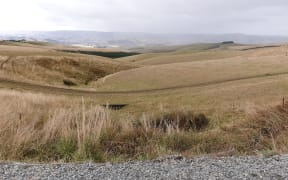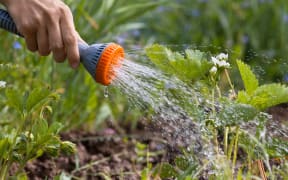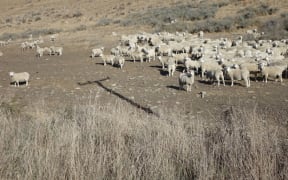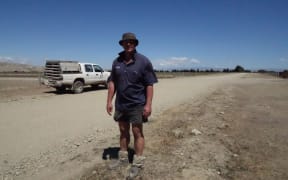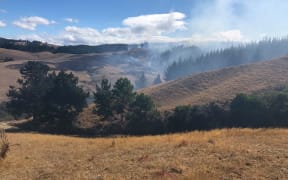Widespread tree deaths nationwide affecting whole hillsides have been reported to the Department of Conservation (DOC), after dry conditions followed a wet winter.
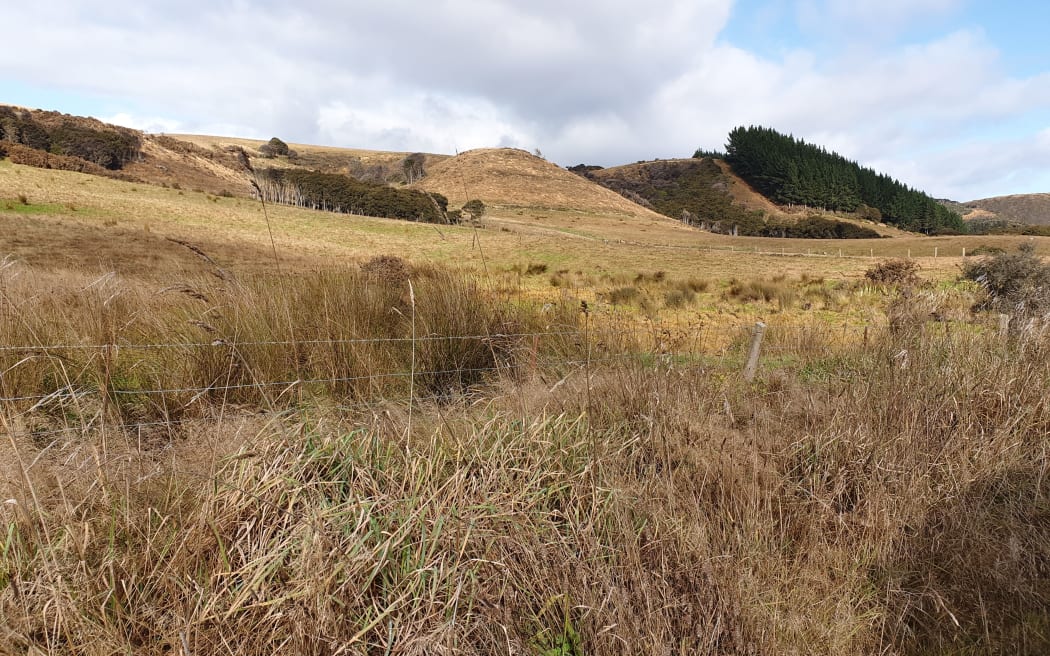
The usually lush Clutha Southland region has faced very dry conditions this summer. Photo: RNZ / Tim Brown
DOC botanist Shannel Courtney said the deaths covered a lot of the northern South Island.
"There seems to be quite widespread deaths of trees in the Marlborough Sounds and through the Pelorus catchment, right through into Kahurangi National Park and down into Nelson Lakes National Park," he said.
The species affected and the extent of the damage varied from place to place, with native black beech and hard beech trees - which make up most of the northern South Island forests - worst hit after the dry season because they grow along ridges and exposed areas.
Another species, Mahoe, was also dying "en masse", he said.
"I've also seen instances where a whole hillside has been affected, like in the upper Takaka Valley where the young tōtara appear to have died," he said.
"We think that the contrast of the really wet winter followed by an exceptionally dry summer - where we didn't have rain effectively for three months - that those extremes have predisposed many trees to be more susceptible to drought and they weren't conditioned for drought before the drought hit," he said.
Mr Courtney said root stress from a very wet winter and spring last year had weakened the trees and caused root damage, and the extremely dry conditions that followed were now proving fatal.
He said in some places it looked as bad, if not worse, than the 2001 drought. Mr Courtney said the effects were still unfolding and we may not see the full extent for months or another year.
Nelson helicopter pilot Matt Gibb told the department it was the first time he had seen so many dead native trees in 25 years of flying around the area.
"The ridges especially are speckled with dead trees, including in the Wairoa Valley and the Wangapeka area of Kahurangi National Park," he said. "They are becoming very noticeable."
He said as the country would likely experience more droughts due to climate change, we could "expect to see vegetation dieback like this happening more often".
Regeneration would only be possible in places where trees were in good health prior to periods of drought, Mr Courtney said.
The ability of a forest to bounce back from a drought is reduced if the underlying vegetation had disappeared due to goats, deer and possums.
